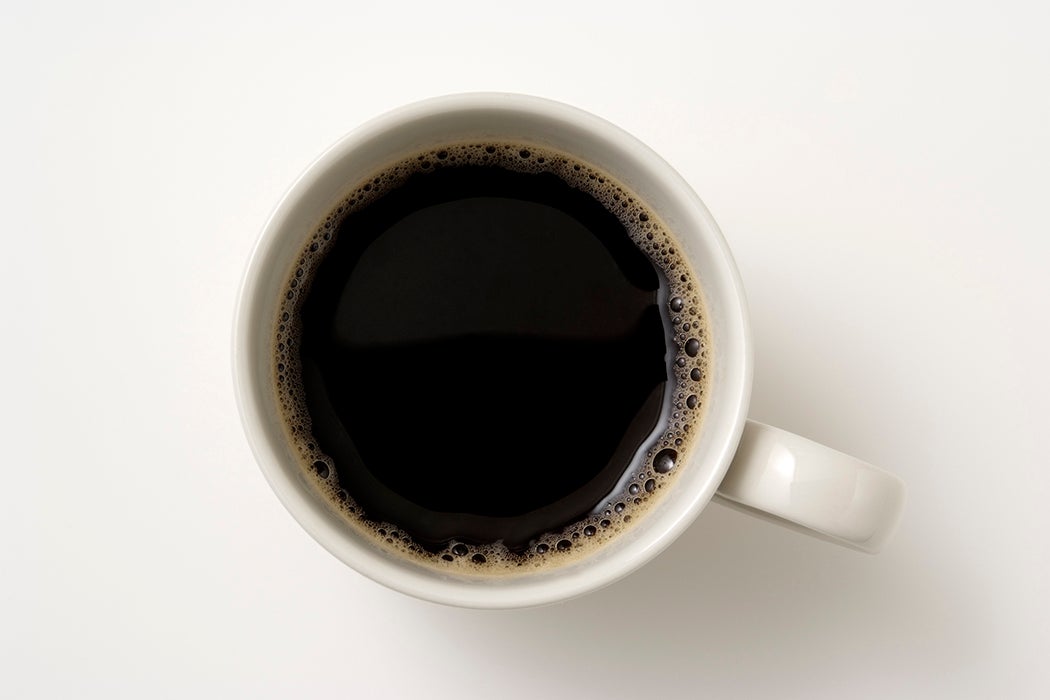For many of us, drinking coffee is such a ubiquitous activity we hardly notice we’re doing it. But Steven Topik reminds us that in various times and places, the coffee bean has represented a spiritual practice, a political controversy, and even a form of money.
The history of coffee starts in Ethiopia, where it grew wild. Topik writes that locals used it as a sacrament in communal ceremonies and to keep up energy and blunt hunger during hunting treks.
As the beans spread to other parts of Africa, some groups made the fresh coffee berries into drinks, while others roasted them in fat or butter, or simply chewed them up. They were light and valuable enough that the Haya people of Tanzania adopted coffee as currency, pricing livestock and other commodities in terms of coffee beans.
When coffee started to go global, it was thanks to Arabian traders. Sufi Muslims in Yemen particularly prized the drink, which became part of their nighttime chanting rituals.
“Men and women together shared a common bowl that was passed around,” Topik writes. “The initial objective of coffee-drinking was to transcend the material world and find peace.”
Yemeni coffee also had effects back in the material world. The nation became the dominant source of coffee for 250 years, influencing the economic and military fortunes of the Ottoman Empire.
Across Muslim nations, coffee was controversial. Topik writes that it held obvious appeal for people who avoided alcohol, particularly during late-night Ramadan celebrations. But some religious scholars objected, concerned about its medicinal properties and convinced by interpretations of the Koran that warned against its use.
Another concern was the rise of coffeehouses. Because coffee brewing demanded technical skill, merchants couldn’t just sell the beans to uninitiated customers, so they opened coffeehouses wherever they went. The new gathering places worried some religious leaders because of their challenge to mosques as central spaces for socializing and political discussion.
Still, by 1500, the drink was popular around the Arabian Peninsula. Some stories even credited Muhammad and the Archangel Gabriel for bringing the drink to the earth.
Weekly Newsletter
Middle Easterners drank their coffee very dark and unsweetened, and when Europeans began encountering the drink they were generally unimpressed with the taste. But they attributed other attractive qualities to it, including medicinal properties and a general association with the wealth and luxury of the “Orient.”
Over time, Topik writes, those associations shifted. Coffee became a drink of European academics and emerging capitalists, an “anti-Bacchus” or “Great Soberer.”
But, just like in the Middle East, the social nature of coffeehouses worried some rulers. These concerns turned out to be justified when coffeehouses served as headquarters for the planning of revolutions in 1789 France and 1848 Berlin, Budapest, and Venice.
With the growth of consumer society in Europe and the U.S., coffee drinking spread to the working class. Where soldiers in the American Revolution had received rum rations, Civil War troops got coffee. One fighter claimed later that “if there had been reverence enough among the veterans to form the basis of a new religion, their gods would have been Fire and Coffee.”
Coffee drinking only got more common in the twentieth century as new inventions made it easy to brew coffee at home or in the office, turning it into the unremarkable daily activity it is today.







